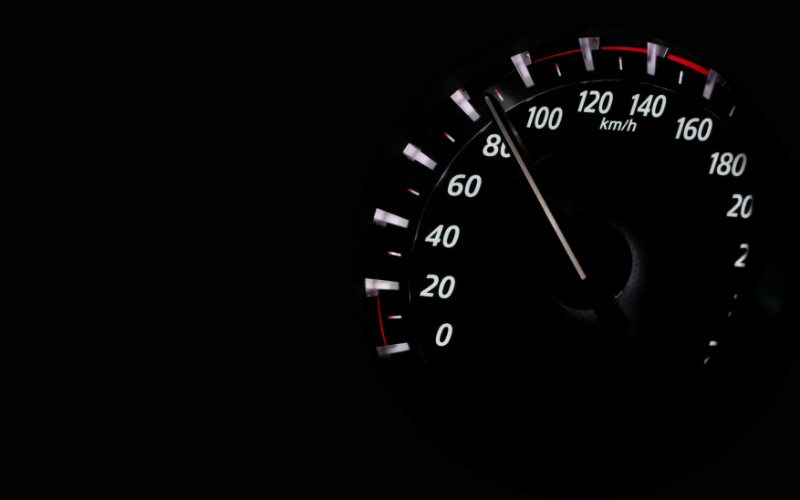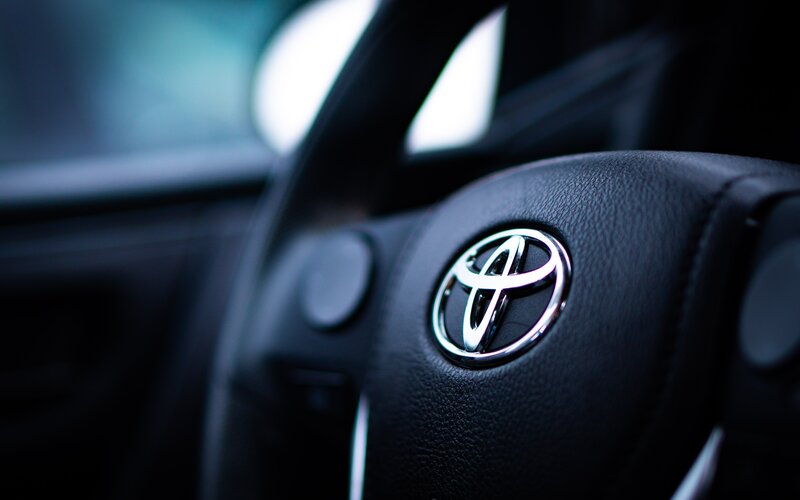Hybrids are increasing in popularity, and the format had humble beginnings in the Toyota Prius. These days many models come in hybrid form - even exciting sports-oriented manufacturers are dabbling.
However, hybrids usually come at a price premium to the usual run-of-the-mill petrol and diesel varieties. The good news is with certain models, that gap is closing and you don’t necessarily need to be too much extra out of pocket by aiming to go green.
So what’s the deal? We’ve looked at ten popular car makes and models with a hybrid variant to figure out how much extra you pay for going green. For simplicity’s sake we’ve looked at the full retail price, not including any dealer haggling or promotions.
What’s the price premium for hybrid vehicles?
We’ve looked at some of the top hybrid car models in Australia, and compared their prices to what the same or similar models cost with traditional petrol/diesel engines.
We’ve also calculated potential fuel savings per year ($1.30 per litre for E10/91 Octane/Diesel, $1.50 for premium fuels, average distance driven per year is 13,400km according to the Australian Bureau of Statistics).
As such, they are ranked in terms of how long it would take to recoup the higher sticker price on the hybrid model when compared with the base model.
10. BMW X5
The base model X5 sits at just under 100k, at $99,900, which is a 2L turbo diesel. The hybrid model meanwhile starts at $129,900, for a difference of $30,000.
It should be noted this is a 3.0L turbo petrol demanding premium fuel. The base model consumes 6.7L/100km combined, or $1,167 per year. The hybrid consumes 2.3L, or $462 per year.
-
This is a difference of $705, meaning it could take 42.5 years to recoup the cost of the hybrid model.
9. Volvo XC90
The cheapest XC90 going around has a price guide of $89,990, which gets you into the ‘Momentum’ 2.2L turbo diesel model. The cheapest hybrid, however is $114,990, which is the ‘R Design’ - a difference of $25,000.
The regular base model consumes 5.9L of diesel per 100km, or $1,028 per year, while the hybrid consumes just 2.1L of petrol per 100km. However, the petrol motor demands premium fuel, so we’ll use the increased rate of $1.50 per litre, for total annual cost of $422.
-
This could result in a fuel saving of $606 per year, meaning you’d need to own the car for more than 41 years before recouping the cost of the hybrid.
However, the Volvo hybrid model has a lot more creature comfort features than the base model, which seems to be a common theme in general among the cars we’ve looked at.
8. Volvo V60
The sporty wagon’s base price has a price guide of $56,990. The hybrid model starts at $86,990 - a price difference of $30,000.
Both are petrol engines demanding premium fuel. The regular base model consumes 7.3L/100km, or $1,467 a year, while the hybrid consumes just 2L/100km, or $402.
-
This could result in a fuel saving of $1,065 per year, meaning you’d need to own the car for 28 years before recouping the extra cost of the hybrid.
7. Hyundai IONIQ / Hyundai Elantra
The IONIQ is Hyundai’s newest ‘green car’ offering with both hybrid and electric models, and is based on the Elantra.
The base model Elantra has a price guide of $21,960, while the cheapest IONIQ hybrid has a price guide of $34,790 - a difference of $13,100.
The Elantra ‘Go’ model consumes 7L/100km combined, for an annual cost of $1,219, while the IONIQ hybrid consumes just 3.4L/100km, for an annual cost of $592.
-
This is a price difference of $627, meaning you’d need to own the hybrid for close to 21 years before balance is restored in the universe.
However, it’s important to note you’re not comparing like-for-like models here.
6. Mitsubishi Outlander
The cheapest Outlander has a price guide of $29,490. And yes once again it comes in manual form. Meanwhile the cheapest hybrid ‘PHEV’ model comes in at $47,390 - a difference of $17,900.
However, the fuel savings could be worthwhile. The regular base model consumes 7L/100km combined, or approximately $1,219, while the PHEV consumes just 1.9L/100km, or $331 per year.
-
This could result in a fuel saving of $888 per year, meaning you’d need to own the PHEV for 20 years before breaking even on fuel costs.
5. Toyota RAV-4
To get the cheapest RAV-4, you’ll be looking at a two-wheel-drive GX model with a manual. This has a price guide of $30,990, while the cheapest hybrid comes in at $35,490 - a difference of $4,500.
The hybrid combined fuel cycle is 4.7L per 100km, or approximately $819 per year. Meanwhile the petrol variant consumes 6.8L/100km, or $1,185 per year.
-
This could result in a fuel saving of $366 per year, meaning you’d need to own the car for approximately 12 years before breaking even.
4. Toyota Corolla
To get the cheapest Corolla, you’ll likely need to opt for the manual version, which has a price guide of $23,335. Compare that to the cheapest hybrid, which costs $26,335 - a $3,000 premium.
The hybrid combined fuel cycle is 4.2L per 100km, or approximately $731 a year, while the petrol base model consumes 6.3L/100km, or $1,097 per year.
-
This could result in a fuel saving of $366 per year, meaning you would need to own the car for close to ten years to break even on the fuel saving.
3. BMW 330
The base model has a price guide $71,900, while the hybrid starts at $78,900, for a difference of $7,000.
The base model consumes 6.4L/100km and demands premium fuel, or $1,286. So, too does the hybrid, and it consumes just 2.2L/100km, or $442.
-
This is a price difference of $844, meaning you’d need to own the car for just over eight years to recoup the extra outlay on the hybrid.
2. Mercedes-Benz E300
The cheapest E300 has a price guide of $114,300, while the cheapest hybrid is $119,600, for a price difference of $5,300.
The regular base model consumes 7.2L/100km and commands premium fuel, costing $1,447 per year. The hybrid consumes just 2.2L/100km, or $442.
- This is a price difference of $1,005, meaning it could take as little as around five years to recoup the cost of the hybrid vehicle.
1. Toyota Camry
For a Camry, about the cheapest you’ll find has a price guide of $28,290. This is the Ascent Auto. The good news, however, is that the cheapest hybrid is just $30,590 - a difference of $2,300.
The regular base model consumes 7.8L/100km combined, or $1,359 per year, while the hybrid consumes just 4.2L, or $732.
-
This could result in a fuel saving of $627, meaning you’d need to own the car for just over three and a half years to see the benefits of fuel savings.
This list is dominated by Toyota, as they generally lead the charge - pardon the pun - in the hybrid vehicle sector. However, other makes are quickly catching up, especially in the luxury segment, with BMW, Volvo and Benz all offering intriguing hybrid variants of their popular cars.
Considerations to make when weighing up the cost benefits of hybrid vehicles
While the above is generally a good indicator of how long it takes you to recoup the extra sticker price of a hybrid vehicle, there’s a few considerations that may make or break your purchasing decision.
-
Average driving distance: 13,400km per year is a relatively piddly 257km per week. Many motorists - especially in the country - would put on double or triple that per year, and thus the fuel savings with a hybrid vehicle could be much greater. The estimated fuel consumption is also pretty optimistic from manufacturers in many real-world cases.
-
The hybrid model may come in a higher trim: The extra price you pay may also put you in a nicer vehicle - ones with leather seats, a better entertainment screen, extra safety features, a bigger/faster engine and more.
-
Base models: The cheapest petrol/diesel varieties we’ve looked at usually lack the latest and greatest features - including letting go of the automatic gearbox. Less than one in ten vehicles sold in Australia are manual. Many base model SUVs also only come with 2WD.
-
Fluctuations in fuel prices: $1.30 per litre in the grand scheme of things is pretty low. We’ve seen as high as $1.80 per litre in some areas when the fuel cycle has been high. As fuel gets more expensive, the potential savings of a couple litres per 100km become more pronounced.
-
Extra servicing costs: A hybrid may be more labour-intensive to service, and thus cost more to maintain. The lithium-ion battery, if it dies, is also a significant cost that could cost you thousands. However, batteries are pretty reliable and many manufacturers have generous warranties on them.
-
Depreciation: In our research, many popular cars lose a third or more of their value in as little as three years - luxury cars can lose more than half. However, as the world goes greener, hybrid vehicles may be more desirable on the secondhand market and thus depreciate more slowly.
Dealer promotions and your ability to haggle also factor in. Experts recommend demanding up to 10 to 15% off the sticker price if you want to play hardball with a dealer.
Savings.com.au's two cents
As you can see above, our scenarios suggest the Toyota Camry hybrid takes the least time to recoup the cost of the extra sticker price paid. However, that doesn’t tell the whole story. It may be that the Camry line-up has the widest berth between base trims and top trims, but it’s still interesting food for thought.
Overall, though, in a pure financial sense it rarely makes sense to go for the hybrid model. The average age of cars on Australian roads is ten years. This means only three or four models we’ve assessed would theoretically be owned long enough to see the benefits in fuel savings - if average mileage per year is taken into account.
Cars are rarely a purely financial decision. Hybrid motors are often attached to higher-spec models, and the extra outlay could be worth it, especially with luxury cars. There’s also that whole thing about carbon emissions. The extra price you pay may be worth it to emit less carbon… and not stopping at the fuel station as much is nice, too.

.jpg)

 Denise Raward
Denise Raward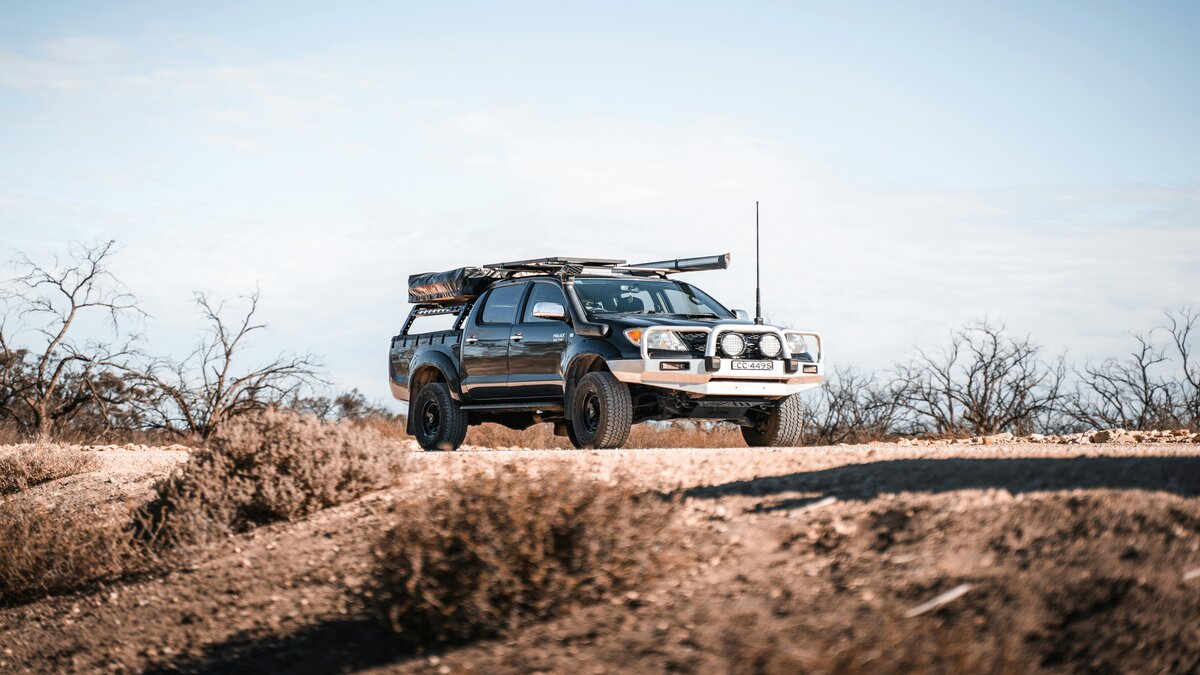
 Harry O'Sullivan
Harry O'Sullivan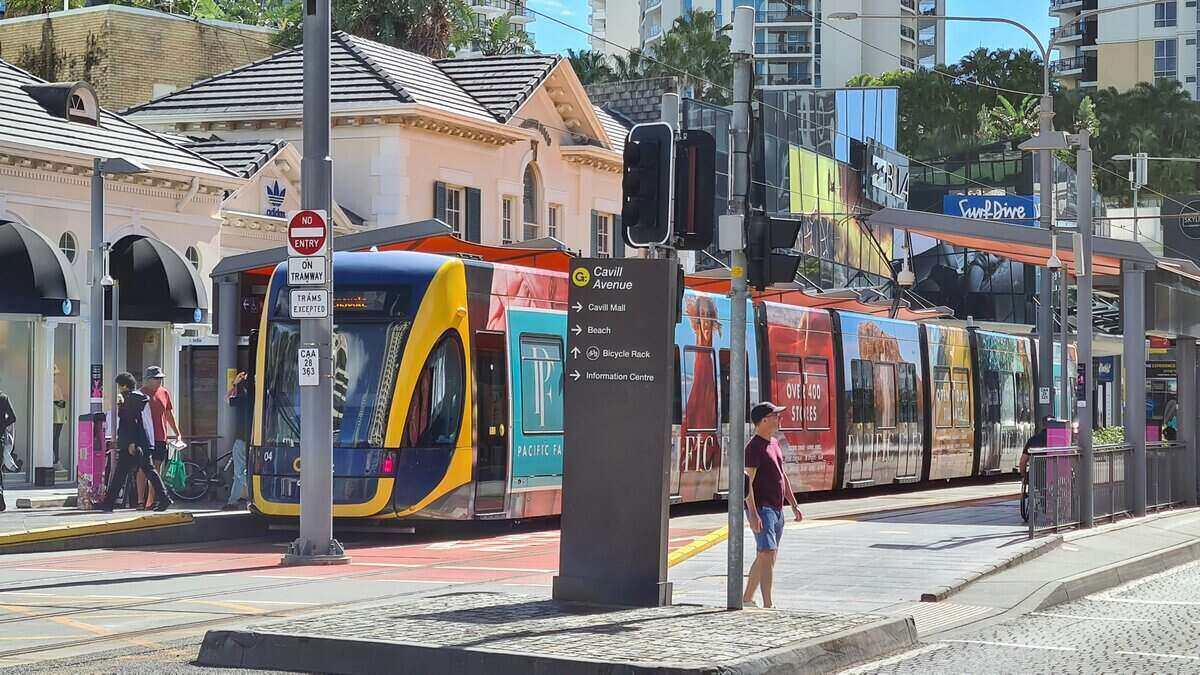
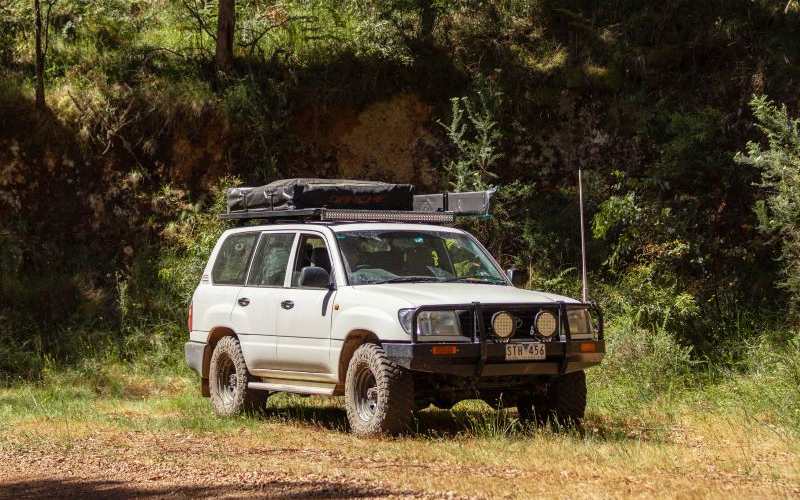
 Harrison Astbury
Harrison Astbury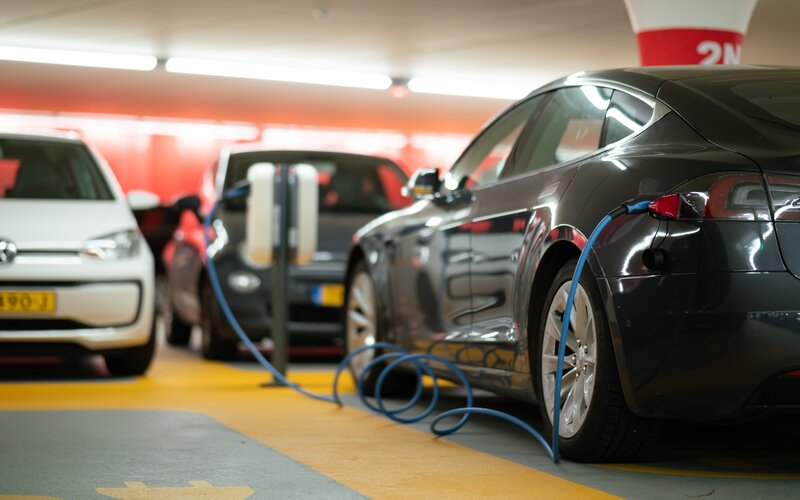
 Brooke Cooper
Brooke Cooper